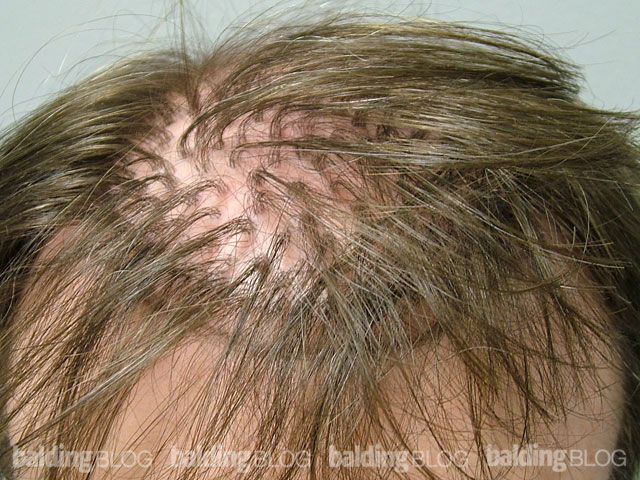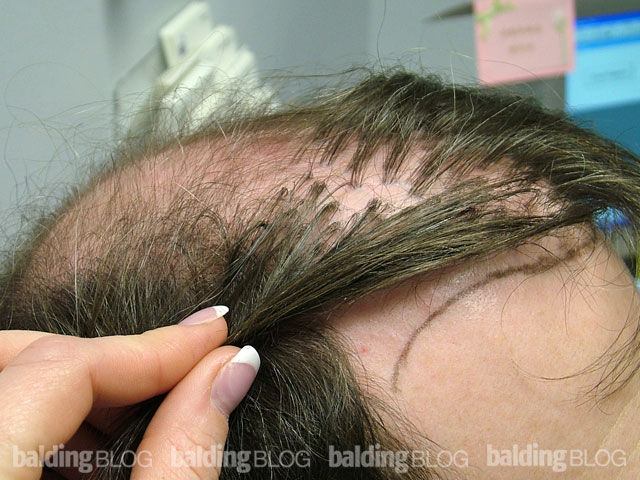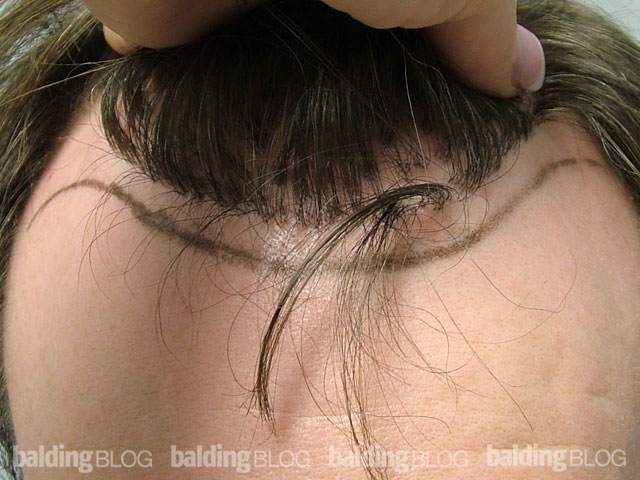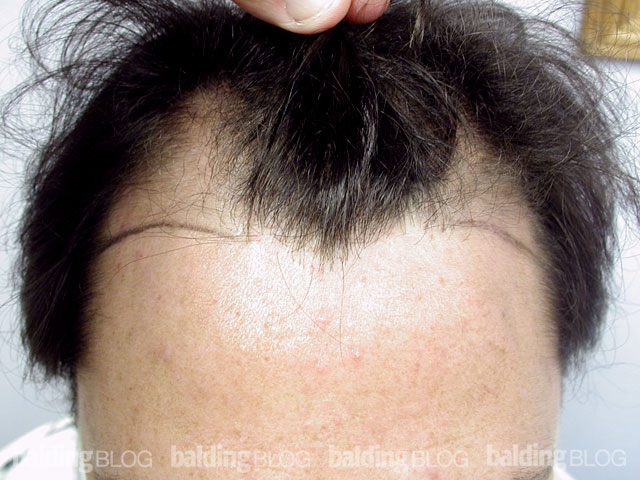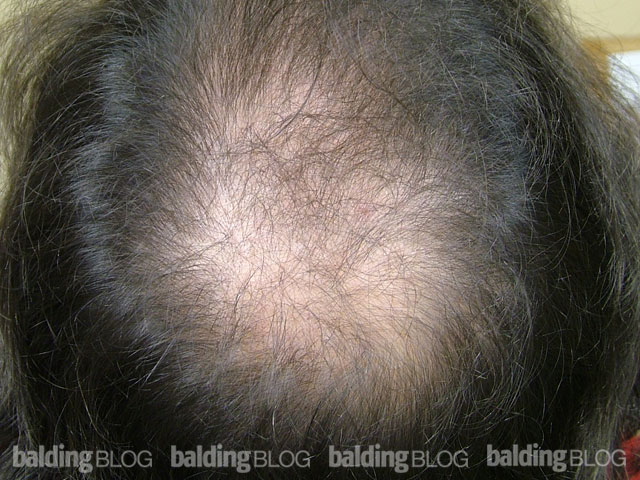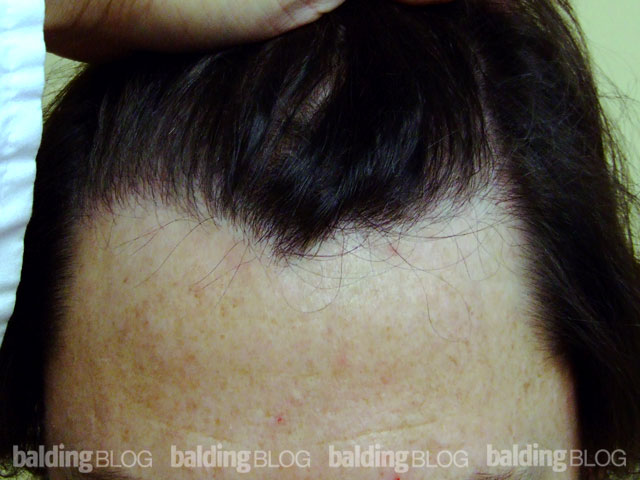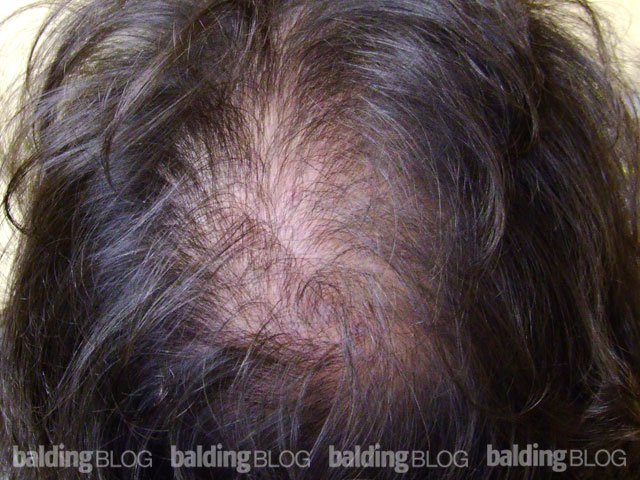Dear Dr. Rassman.
I have a 3-in-1 question for you. Thanks for answering my previous question about Propecia. I am trying to cover my loss by all available means (Propecia, supplements, Minox and finally a transplant.)
First, I noticed you talk about getting one’s head mapped for miniaturization. I have spoken to five dermatologists here in Arizona, including two who specialize in hair transplants, and none of them have an idea what “mapping head for miniaturization” is. One of them even went as far as suggesting it was just a gimmick to get people to go on with the surgery. (Which I doubt.) I absolutely need to know to what degree my loss might be, so I can plan for the future, transplant and money-wise. The dermatologist who prescribed Propecia for me only took a 30 second look at my hair and gave me the prescription. I think that was a bit wrong, as it might be something else what’s causing my loss, though there is a history of it in my family. So…
Is there a doctor you can refer me to, who can perform the mapping, here in Az? The doctor who mentioned the “gimmick” said such analysis is pointless, as one miniaturized hair might be non-miniaturized by the next cycle. (I doubt it.)
Second. Another concern is how much it can evolve. I know balding is a progress, but I would like to know if a mapping can ascertain if I’ll be a say, class 4 for the rest of my life as it can be obvious some hairs are not affected by DHT, or if it will only tell me what class I am at a certain point in time, with the potential for more balding.
Third. I am concerned I might not have enough hair to leave me satisfied with my appearance even after a transplant. My main concern is thinning, as the recession is not that noticeable. I am curious to know if you can transplant hair from other parts of the body like chest or belly. I have long enough hair there that looks identical to my head hair, save for not growing longer than 1 or 1 1/2 inches. I wonder if this hair can be successfully transplanted to provide thickness, or work as “guard hairs” for the frontal hairline. I noticed my brother’s frontal hair is just like that. Other doctors in Australia (Who happen to follow your procedures and credit you with the techniques they use) have been successful in patching people up with body hair, with amazing results.
Sorry for the long post, and if some of my questions are not too clear. Keep up the good work, doctor, and hope to be stepping up into one of your offices soon.

I just answered a similar question a couple of weeks ago, but I’m going to get a little more in depth this time…
The hair transplant medical field is not as standardized as one may think. There is the International Society of Hair Restoration Surgery (ISHRS), but not all hair transplant doctors belong to the society or practice the same way. Some doctors do not use microscopes for dissection. Some doctors do not use hair densitometers to determine miniaturization. Some doctors do not use follicular units. These should be the standard of practice in my opinion, but there is really no way to enforce these practices. Unfortunately, hair transplantation is not a highly regulated medical field. There are doctors who coin new terminology to promote their expertise. There are doctors that even claim that they were the ones who invented certain procedures by subtly changing minor details. It is alarming, but these things happen. To be fair, it happens in other industries as well. It is the basic theme of “buyer beware” that I often state in my posts here.
Your question on minaturization is an example of such variation in clinical practice. Hair generally loses its shaft thickness as it is lost. This thinning of the shaft is called miniaturization, a standard term in modern dermatology. Miniaturization occurs at different speeds in different areas of the scalp and over time it is (in men) often progressive. By getting a picture of the degree of miniaturization by area (a snapshot of the health of your scalp hair in each area), it allows the physician to determine not only the health of the hair in each paticular area, but it allows the physician the ability to follow the progression of the miniaturized process by area caused by the genetic process — or the improvement when a person is treated with drugs like Propecia.
Miniaturization measurements do not predict your future hair loss or the rate of that hair loss with certainty, because there are many factors involved in hair loss. It does give a trained doctor an extra set of vital information on the progression of the individual’s hair loss by monitoring and quantitatively documenting the effectiveness of medical treatments such. There is no science or measurement in when a doctor runs their fingers through your hair. Contrary to popular belief, mapping for miniaturization is often used to deter what is going on and allows the doctor to refine the diagnosis. Women have unique miniaturization patterns that differ from men and men each have different miniaturization patterns depending upon the extent and speed of their hair loss. Men who are not balding should show no miniaturization present (see example here).
With respect to body hair transplants, I am fully aware that there are internet advertisements and post-operative pictures with doctors proclaiming success. My reservation is that pictures do not always tell the truth. You need to meet these patients face to face and see their results and see the scars from their donor sites. At NHI we have monthly Open House events where we encourage all potential patients to come and see actual patients and learn and see a real hair transplant surgery. Furthermore, body hairs grow at different rates and have different (longer) dormant cycles where its transplantation may not be of clinical benefit (see Transplanting Chest, Leg, and Thigh Hair). Finally, hair transplants and even body hair transplants will NEVER restore your hair back to its childhood densities. It may be hard to believe, but you only need about 30 percent of your original hair density to preserve the same appearance.
![]()
![]()



